Use this sensory poem example and accompanying template to teach your students how to write a sensory poem.
Explore Sensory Poems with Your Students
A sensory poem, also known as a five senses poem, is a type of poetry that encourages students to use their five senses (sight, sound, smell, taste and touch) to describe a subject or experience. Each line of the poem typically focuses on one sense, helping the writer express the subject more vividly and bring it to life for the reader.
The format of a sensory poem is as follows:
- Line 1 – What does the subject look like? (Sight)
- Line 2 – What does the subject sound like? (Sound)
- Line 3 – What does the subject smell like? (Smell)
- Line 4 – What does the subject taste like? (Taste)
- Line 5 – What does the subject feel like? (Touch)
Sensory poems are a great choice for introducing students to poetry. They can be about any topic, have a very easy structure to follow and don’t typically rhyme. They also help students focus on specific and engaging vocabulary when describing their chosen topic.
Introduce your students to sensory poems with Teach Starter’s poster and accompanying template. The download includes:
- Sensory Poem Poster – This colourful and informative poster explains what a sensory poem is and provides an example using the topic of winter.
- Sensory Poem Templates – This template provides structure and support for students to write a sensory poem on a topic of their choice.
This resource downloads as an easy-print PDF or an editable Google Slides file. Please note that the poster is available in the PDF version only.
Using This Sensory Poem Example in Your Lessons
This resource can be used in a creative writing lesson where students are introduced to sensory poems. Here is one suggestion as to how you might use this sensory poem poster and template in your poetry writing lesson:
- Introduction – Display the poster on your interactive whiteboard. Explain that sensory poems describe a topic using the five senses: sight, sound, smell, taste and touch. Walk through the example of a sensory poem about winter and discuss how each sense is used to create imagery of this season.
- Topic Brainstorming Activity – Have a class discussion to brainstorm possible topics for sensory poems. Ideas could include seasons, holidays, nature, foods, activities or everyday experiences. Allow students to choose their own topic for the poem, encouraging them to pick something they have strong memories or feelings about.
- Sensory Exploration – Allow students to brainstorm experiences related to each of the five senses for their chosen topic. A Five Senses Graphic Organiser could be a helpful tool during this process.
- Writing Activity – Provide students with a copy of the writing template. Guide students through the process of turning their sensory descriptions into a complete sensory poem, following the template’s structure. Remind them that each line should focus on a different sense, helping the reader experience the topic as if they were there.
- Sharing and Feedback – After writing, ask a few volunteers to read their poems aloud to the class. After each reading, ask the class to reflect how the sensory details brought the topic to life.
Download This Sensory Poem Poster and Templates
Use the Download button to access your preferred version of this resource.
Project the poster on your interactive whiteboard or print it for your classroom display board. If you intend to display the poster, we recommend enlarging it for enhanced readability.
Click to Explore More Poetry Resources!
Looking for more resources like this one to extend your students’ poetry writing skills? You’re only a click away from accessing more teacher-made, curriculum-aligned activities!
[resource:3189318] [resource:3201418] [resource:3195458]
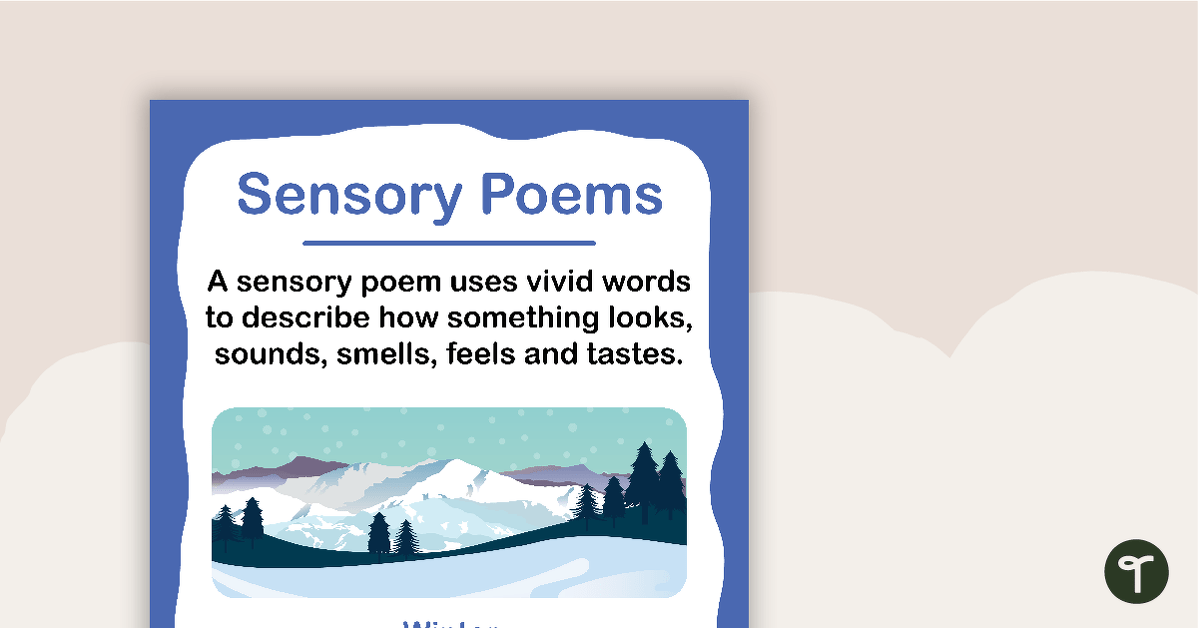


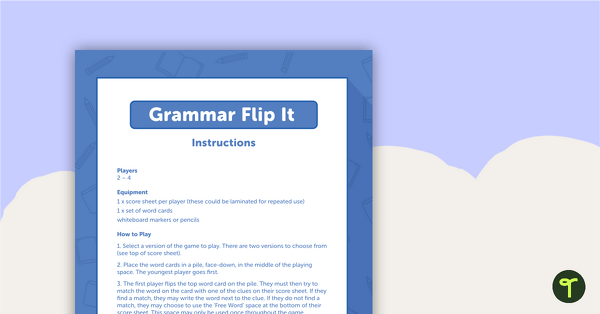
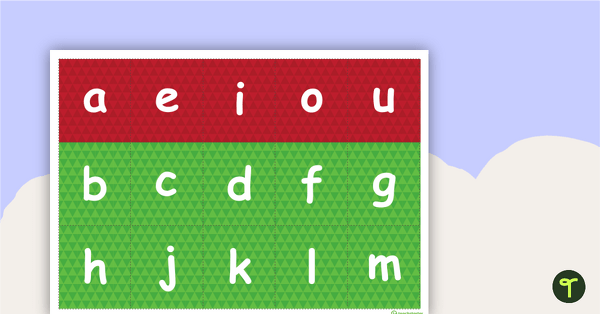
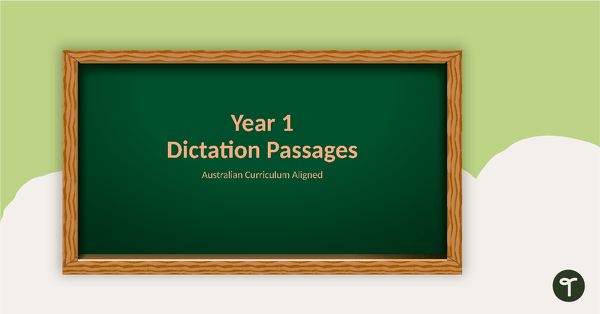
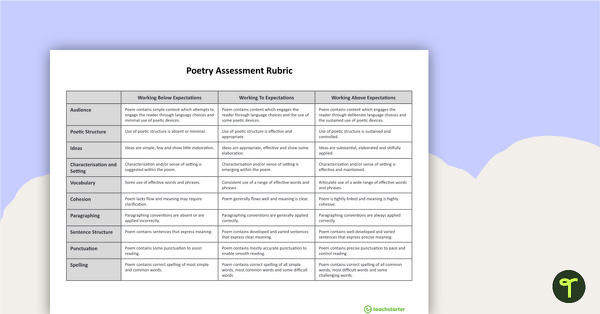
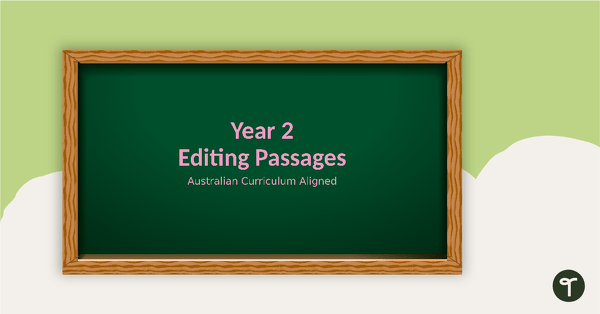
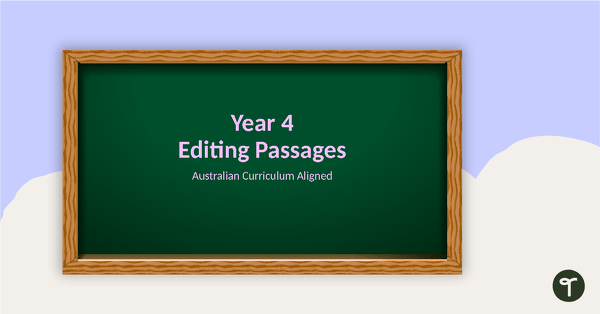

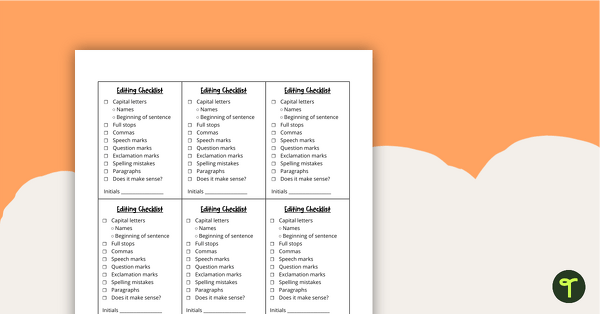
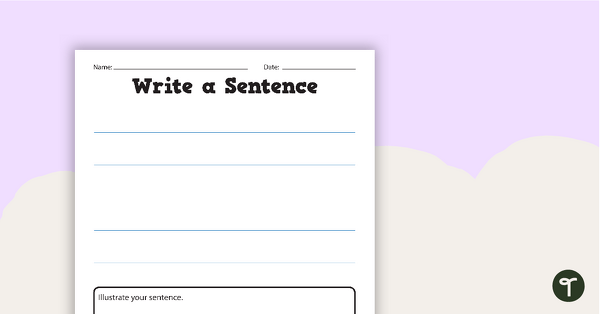
0 Comments
Write a review to help other teachers and parents like yourself. If you'd like to request a change to this resource, or report an error, select the corresponding tab above.